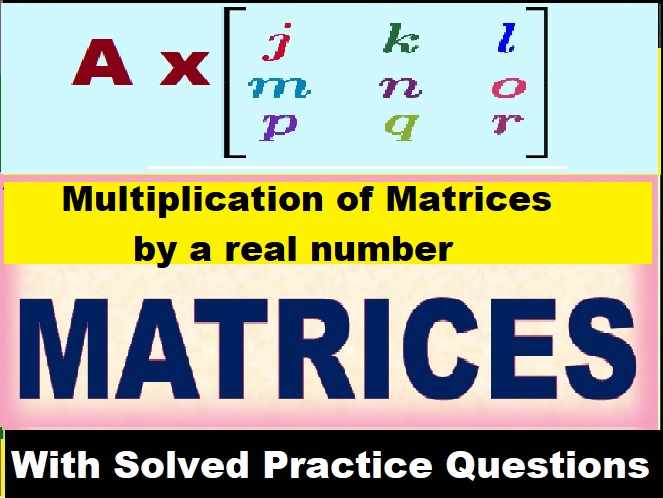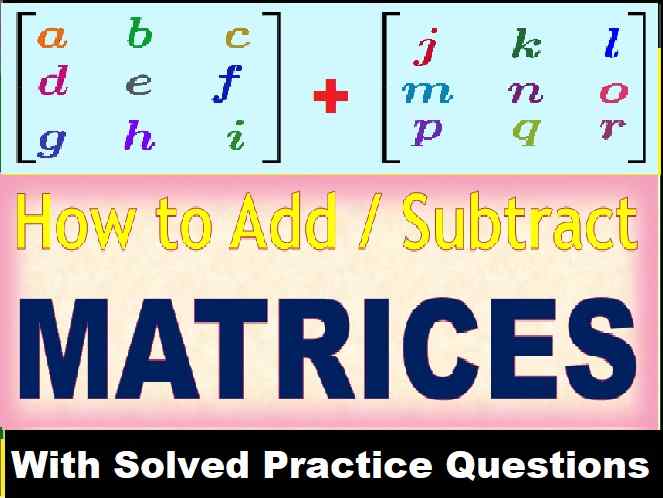History Civics Specimen 2024: Part 2 Sec B of ICSE Sample Paper Solved. All Question with Answers by Expert Teachers. Students of Class X who are preparing for Board Exam 2024 can solved here History and Civics Sample Paper.

Visit official website CISCE for detail information about ICSE Board Class-10.
History Civics Specimen 2024: Part 2 Sec B of ICSE Sample Paper Solved
| Board | ICSE |
| Class | 10th (x) |
| Subject | Social |
| Topic | Specimen Paper Solved |
| Paper | History and Civics |
| Session | 2023-24 |
| Question Type | Part 2 (Sec B ) |
| Max mark | 80 |
ICSE 2024 EXAMINATION
SPECIMEN QUESTION PAPER
HISTORY & CIVICS Part-2
SECTION B
Question 6 The Indian Rebellion of 1857 was a major uprising against the rule of the British East India Company, which functioned as a sovereign power on behalf of the British Crown. With reference to this, answer the following questions
(i) Mention any three administrative changes made in India as a consequence of the Revolt.
Ans :- the British Crown got the power to govern India, the Secretary of State for India, aided by a Council that had authority over India, the process of decentralization was initiated.
(ii) How did the failure of this Revolt impact the Mughals and the Peshwas?
Ans :- With the death of last ruler of Mughal which is Bahadur Shah Zafar II, who was deported to Yangon in Myanmar, the Mughal Dynasty came to an end. Nana Saheb, the last Peshwa fled to Nepal after the failure of uprising. Hence,the Peshwaship also comes to an end
(iii) Mention any four changes made in the army after the Revolt.
Ans :- Changes in the Army- the India army was reorganised after 1858, to prevent the reoccurrence of another uprising.The strength of European troops in India was increased. The general principle adopted was that the number of Indians sepoys should not exceed twice that of the European troops
Question 7 Nationalism refers to the feeling of oneness that emerges when people consider themselves as one nation. With reference to the growth of nationalism, answer the following:
(i) Name the founder of the Indian National Congress. Mention any two of its objectives.
Ans :- Formation and early days (1885–1905) Retired British Indian Civil Service (ICS) officer Allan Octavian Hume founded the Indian National Congress in order to form a platform for civil and political dialogue among educated Indians.
(ii) How did the press contribute to the growth of nationalism?
Ans :- The printing press played a big role in carrying ideas to the people. Many nationalist journals were published which aroused the sentiments of the Indian public against the British rule. Many papers fostered patriotism and ideas of liberty and justice in our country
(iii) Mention any four repressive policies of Lord Lytton
Ans :-
- Vernacular Press Act. The Vernacular Press Act was implemented in 1878 by Lord Lytton. …
- Royal Titles Act, 1876 & Grand Darbar of 1877. …
- Financial Decentralisation. …
- Arms Act, 1878
Question 8 Read the excerpt given below and answer the questions that follow
The movement had generated worldwide publicity, and British were looking for a way to end it. Gandhiji was released from custody in January 1931, and the two men began negotiating the terms of the pact. For many conservatives in England, the meetings and talks seemed unacceptable. They thought it was inappropriate for the Viceroy, who was the representative of the British Monarch, to receive their arch-enemy. Gandhiji was authorised by the then President of the Congress, Sardar Vallabh Bhai Patel, to negotiate with the Viceroy. He advised the nation to wait, watch, pray and hope for a better prospect for India. He was full of admiration for the people, their heroic struggle and hard suffering.
(i) Who was the Viceroy who negotiated with Gandhiji? Name any two causes of the movement being discussed above.
Ans :- The Gandhi–Irwin Pact was a political agreement signed by Mahatma Gandhi and Lord Irwin, Viceroy of India, on 5 March 1931 before the Second Round Table Conference in London
(ii) Mention any three impacts of this movement.
Ans :- Withdrawal of all ordinances that curbed the activities of the Congress. Withdrawal of all prosecutions except those involving violent crimes. Release of those who were arrested for taking part in the civil disobedience movement. Removal of the salt tax
(iii) As a consequence of this meeting, a pact was signed. Mention any four conditions that the Congress and the British Government agreed to according to this pact
Ans :- (1) Prohibit intoxicants, (2) Change the ratio between the rupee and the sterling, (3) Reduce the rate of land revenue, (4) Abolition of salt tax, (5) Reduce the military expenditure, (6) Reduce expenditure on civil administration, (7) Impose custom duty on foreign cloth, (8) Accept the Postal Reservation
Question 9 Look at the picture given and answer the following questions

(i) Identify the leader in the above picture. Mention any two of his ideologies.
Ans :- Leader in the above picture is Adolf Hitler ideology was built around a philosophically authoritarian, anti-Marxist, antisemitic and anti-democratic worldview.
(ii) Mention any three causes for his rise to power.
Ans :- During the 1920s, Hitler and the Nazis ran on a platform consisting of anti-communism, antisemitism, and ultranationalism. Nazi party leaders vociferously criticized the ruling democratic government and the Treaty of Versailles, while proselytizing their desire to turn Germany into a world power
(iii) What was the immediate cause of the Second World War? Mention any three reasons given by this leader to justify his action
Ans :- The immediate precipitating event was the invasion of Poland by Nazi Germany on September 1, 1939, and the subsequent declarations of war on Germany made by Britain and France, but many other prior events have been suggested as ultimate causes
Question 10 The United Nations Organisation aims to maintain international peace. With reference to its organs and agencies, answer the following:
(i) What is the composition of the International Court of Justice?
Ans :- The International Court of Justice is composed of 15 judges elected to nine-year terms of office by the United Nations General Assembly and the Security Council. These organs vote simultaneously but separately
(ii) Mention any three functions of the Security Council.
Ans :-
- to maintain international peace and security in accordance with the principles and purposes of the United Nations;
- to investigate any dispute or situation which might lead to international friction;
- to recommend methods of adjusting such disputes or the terms of settlement;
(iii) Give the full form of UNICEF. Mention any three of its functions
Ans :- Full name UNICEF the United Nations International Children’s Emergency Fund
three of its functions
children on the move. violence against children. prevention of female genital mutilation. prevention of child marriage
–: Visit also :–
Return to : ICSE Specimen Paper 2024 Solved
Thanks



.